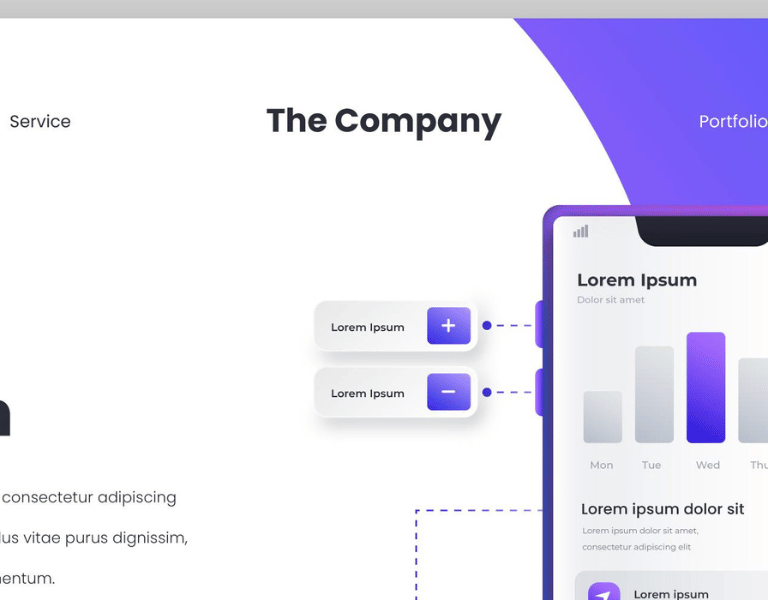In the dynamic landscape of today’s workplaces, understanding the intricate web of connections that form within an organization is crucial for success. Enter Organizational Network Analysis (ONA), a powerful tool that goes beyond traditional organizational charts, offering a deeper understanding of how people connect, collaborate, and influence one another.
ONA is the process of evaluating the relationships and interactions between individuals within an organization. It delves into the informal networks that exist alongside formal structures, shedding light on the invisible threads that weave through the workplace. By leveraging this approach, organizations can gain valuable insights into communication patterns, identify key influencers, and enhance overall efficiency.
One of the primary benefits of ONA is its ability to uncover hidden talents and resources. Traditional hierarchical structures often overlook the informal networks that employees naturally form. ONA, however, identifies these organic connections, allowing organizations to tap into the wealth of knowledge and expertise that exists beyond formal roles and titles. This not only fosters a culture of collaboration but also enables better resource allocation and problem-solving.
Understanding the flow of information is another crucial aspect of ONA. In a rapidly changing business environment, the speed and accuracy of information dissemination can make or break an organization. By mapping out communication patterns, ONA helps identify bottlenecks, silos, and areas where information might get lost. This knowledge allows for strategic interventions to improve the flow of information, fostering a more responsive and adaptable organization.
ONA is also a powerful tool for leadership development. By identifying key influencers and connectors within the organization, leaders can leverage these individuals to drive change and disseminate strategic initiatives effectively. This targeted approach to leadership development goes beyond traditional training programs, recognizing and harnessing the power of influential individuals to champion organizational goals.
Implementing ONA requires a combination of technological tools and a commitment to privacy and ethical considerations. Advanced analytics platforms can help collect and analyze data, but organizations must also prioritize transparency and ensure that employees understand the purpose and benefits of the analysis. Clear communication and a focus on the positive aspects of ONA, such as improved collaboration and career development opportunities, can help build trust among employees.
In conclusion, Organizational Network Analysis is a game-changer in understanding and optimizing the complex networks that exist within an organization. By embracing ONA, businesses can uncover hidden potentials, enhance communication, and strategically develop leadership. In an era where adaptability and collaboration are key to success, ONA empowers organizations to thrive in the interconnected web of modern workplaces.








